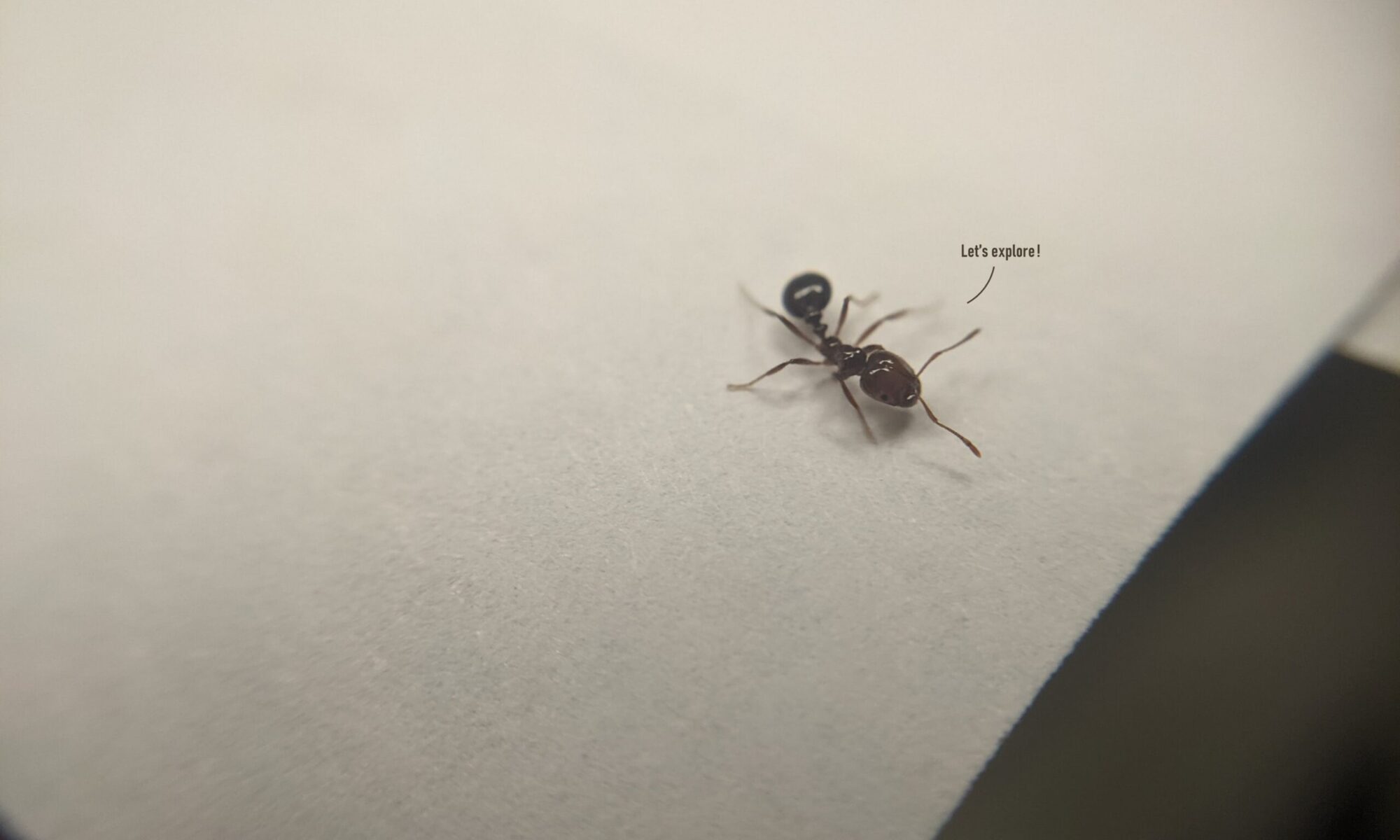[September 2014 – June 2015]
Double-diffusive convection is a branch in the buoyancy-driven flow where there are two scalar fields(usually temperature and salt concentration) that contribute to the density. The fact that the two scalars have different diffusivities and affect density differently brings instability and in some cases, turbulence.
It is ubiquitous in nature as well as in engineering applications. For example, the non-uniformity of salinity and temperature distribution gives rise to the interesting salt finger phenomenon and crystal growth. Engineers designed the Solar pond to exploits the adverse temperature and concentration gradient layer in double-diffusive convection to prevent heat from going out while collecting radiation energy.
The numerical method we used to study double-diffusive convection is fairly complicated. This is also the major part of the project. To partially avoid the difficulties brought by the pressure coupling in incompressible flow, we used the vorticity-velocity formulation where vorticity is treated as our primary variables to integrate. We use a high-order compact (HOC) scheme to discretize the equations. The program is written in Fortran and parallel computing technique was adopted as well to save computational time.
We used an analytical solution to test the resolution, to ensure that we achieve 4th-order accuracy, and to compute our parallel efficiency. The program was also tested quantitatively and proved efficient and accurate, in simulating the benchmark cases such as 3D driven-lid problem and natural convection.
Collaborators: Zhenfu Tian and Peixiang Yu

